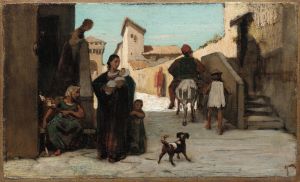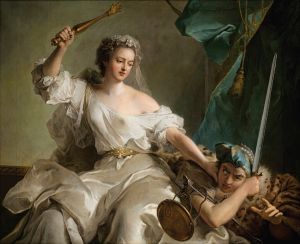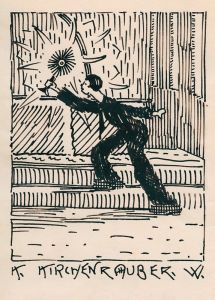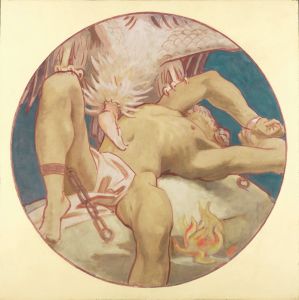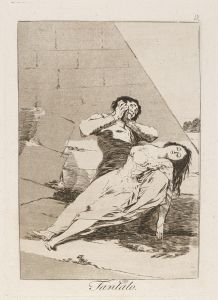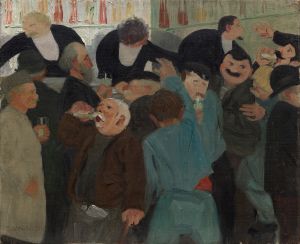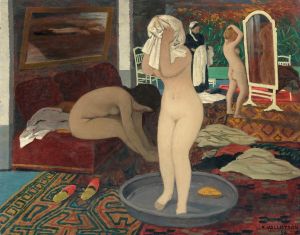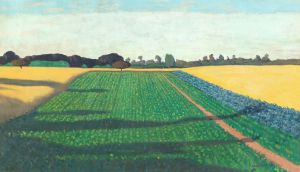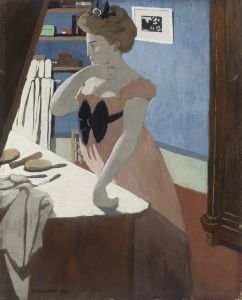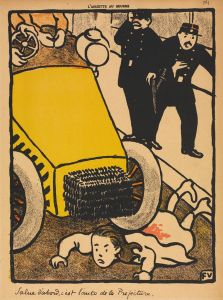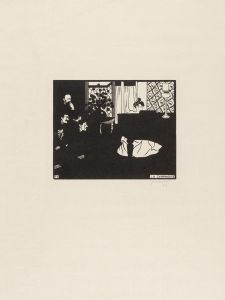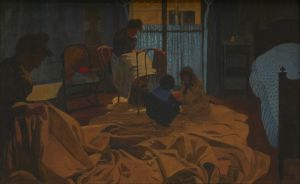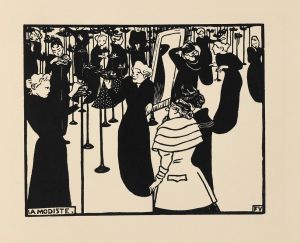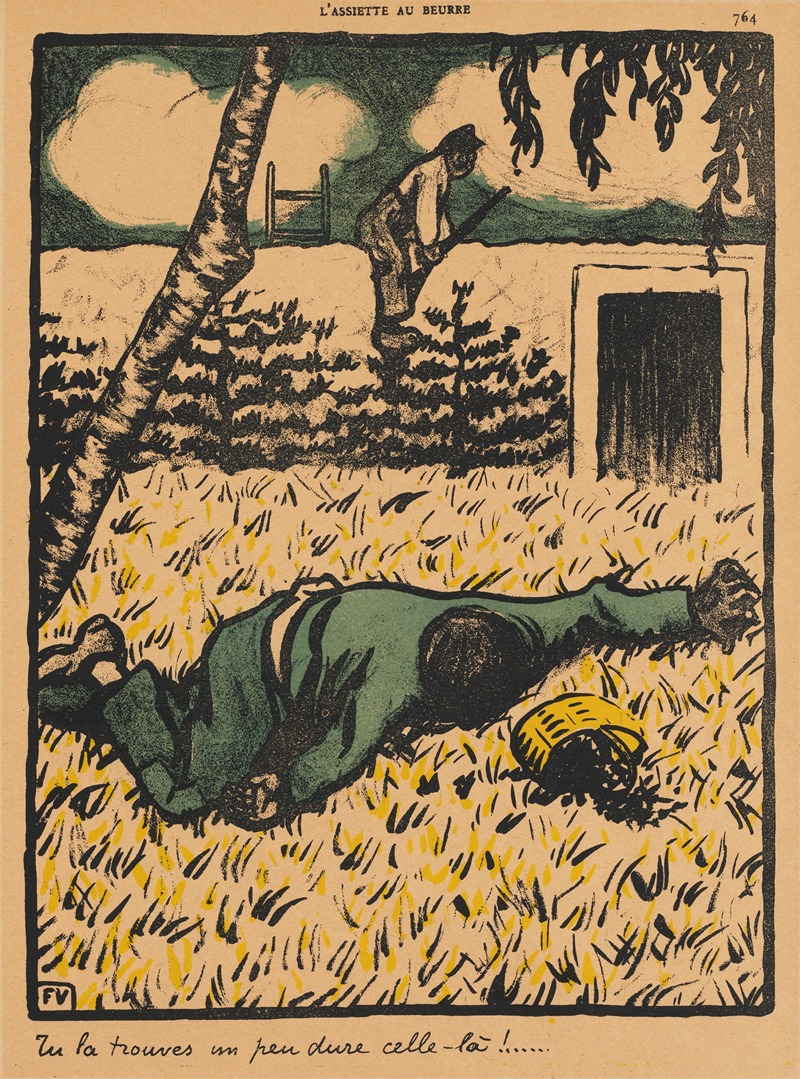
Crimes And Punishments; You’ll find that’s rather a hard one !
A hand-painted replica of Félix Vallotton’s masterpiece Crimes And Punishments; You’ll find that’s rather a hard one !, meticulously crafted by professional artists to capture the true essence of the original. Each piece is created with museum-quality canvas and rare mineral pigments, carefully painted by experienced artists with delicate brushstrokes and rich, layered colors to perfectly recreate the texture of the original artwork. Unlike machine-printed reproductions, this hand-painted version brings the painting to life, infused with the artist’s emotions and skill in every stroke. Whether for personal collection or home decoration, it instantly elevates the artistic atmosphere of any space.
Félix Vallotton was a Swiss-French painter and printmaker associated with the post-impressionist movement. He was known for his distinctive style, which often combined elements of realism with a more graphic, illustrative quality. Vallotton's work frequently explored themes of modern life, intimacy, and the human condition, often with a subtle undercurrent of irony or critique.
"Crimes And Punishments; You’ll find that’s rather a hard one!" is one of Vallotton's intriguing works, created during a period when he was deeply engaged with the exploration of societal themes and the human psyche. This painting, like many of Vallotton's works, reflects his interest in the complexities of human behavior and the moral ambiguities of modern society.
The painting's title suggests a narrative or thematic connection to the concepts of crime and punishment, possibly drawing inspiration from literary or philosophical sources. Vallotton was known to be influenced by literature, and the title may allude to the famous novel "Crime and Punishment" by Fyodor Dostoevsky, although there is no direct evidence to confirm this connection. The phrase "You’ll find that’s rather a hard one!" adds an element of challenge or contemplation, inviting viewers to engage with the painting on a deeper level.
Vallotton's style in this painting is characterized by his use of bold lines and a limited color palette, which creates a striking visual impact. His technique often involved flattening the pictorial space and emphasizing the graphic quality of the composition, a hallmark of his work that aligns with the aesthetics of the Nabis, a group of avant-garde artists with whom he was associated in the 1890s.
The painting likely features figures or scenes that embody the tension between transgression and retribution, a theme Vallotton explored in various forms throughout his career. His ability to convey psychological depth and narrative complexity through seemingly simple compositions is a testament to his skill as an artist and his keen observation of human nature.
While specific details about the painting's composition and the identities of any figures depicted are not widely documented, Vallotton's oeuvre often included domestic interiors, urban scenes, and portraits that captured the subtleties of interpersonal dynamics and societal norms. His work is noted for its incisive commentary on the social mores of his time, often delivered with a touch of wit or irony.
"Crimes And Punishments; You’ll find that’s rather a hard one!" exemplifies Vallotton's unique approach to art-making, blending narrative intrigue with a distinctive visual style. His contributions to the post-impressionist movement and his influence on subsequent generations of artists underscore his importance in the history of modern art. Vallotton's paintings continue to be studied and appreciated for their innovative approach to form and content, as well as their enduring relevance to discussions of morality, justice, and the human experience.





